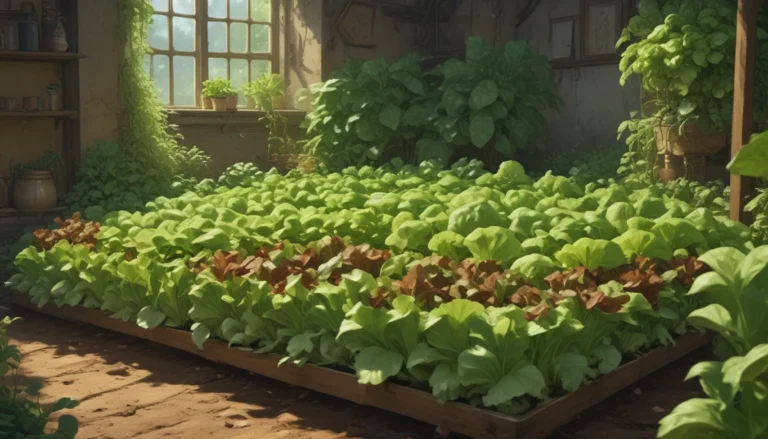How and When to Divide Perennial Asters: A Comprehensive Guide

Perennial asters, with their lovely daisy-like flowers that bloom late in the season, are a beautiful addition to any garden. Whether they are low-profile varieties that add color to borders or towering specimens that serve as bed anchors, these plants are a delightful sight in the landscape. They can be native species or cultivated varieties, and they have a tendency to spread both through self-sowing and their vigorous root systems.
In this detailed article, we will explore the best practices for dividing perennial asters, including when to do it, how to go about it, and why it is beneficial for the health and appearance of your plants.
Benefits of Division
While asters have a knack for self-propagating and filling up a garden space, dividing them periodically has numerous advantages. Not only does it help maintain the health and beauty of the plants, but it also allows you to propagate your own specimens and increase their numbers in your garden or share them with friends.
When you save seeds from native species, they will produce plants that are true to the parent, unlike cultivated varieties. Dividing asters promotes vigorous growth and abundant blooming, and it also improves airflow around the plants, which can help prevent fungal issues like powdery mildew.
How to Divide Perennial Asters
Asters belong to the Asteraceae family and grow in clumps. Dividing them is a straightforward process that can rejuvenate your plants and enhance their overall appearance.
The best time to divide asters is in early spring when new shoots start to emerge. This allows the divided plants to establish themselves over the summer. Dividing them later in the season, once buds have appeared, can be detrimental to the plants, so timing is essential.
Here are two methods for dividing perennial asters:
Cut and Separate
This method involves cutting the plant through the roots in situ and removing a section for replanting. Here’s how to do it:
- Use a sharp shovel to cut down into the center of the plant, severing the roots to divide it into two halves.
- Dig a trench around the cut portion of the clump, a few inches out from the perimeter, and lift the cut piece from the soil.
- Remove any dead plant material from the clump and separate the new shoots with roots attached.
Dig Up and Separate
Alternatively, you can dig up the entire plant and divide it into sections before replanting. Follow these steps:
- Dig a trench around the perimeter of the new shoots to loosen the roots and lift the entire clump from the ground.
- Remove loose soil from the roots and separate the shoots into individual sections or clusters.
- Discard any dead material from the center of the plant and replant the new divisions.
After dividing your asters, you can either pot up the new plants for gifting or transplant them directly into the garden. Both methods are effective in establishing healthy, vigorous plants.
Time for the Task
Dividing old plants in the spring gives them time to acclimate before the heat of summer arrives and allows them to set buds for a fall bloom. Dividing them too late in the season can delay flowering or cause the plants to struggle with establishment.
Divide and Conquer
Once you’ve mastered the art of dividing perennial asters, you’ll be rewarded with compact, lush plants that enhance the beauty of your garden. Regular division is key to maintaining the health and vigor of your asters, ensuring they remain a focal point in your outdoor landscape.
Bonus Tip: Prune the top third of the foliage off by Flag Day in June to encourage lateral branching and greater stability, leading to taller, sturdier plants at bloom time.
Have you tried dividing perennials before, or do you have any questions about the process? Share your experiences or inquiries in the comments below.
To further enhance your knowledge of growing asters in your garden, explore the following guides:
- 11 of the Best Pink Aster Varieties
- How to Grow Tatarian Aster: a Dynamic Late-Season Bloomer
- How to Grow Sky Blue Aster
- How to Grow China Aster for Color in the Late Summer Garden
In Conclusion
Dividing perennial asters is a rewarding task that can benefit both your plants and your garden as a whole. By following the guidelines outlined in this article, you can confidently divide your asters, propagate new plants, and enjoy a vibrant, colorful display throughout the growing season. Remember to divide your asters in the early spring, use appropriate techniques for cutting or digging up the plants, and carefully transplant the new divisions for optimal growth and blooming success. Happy gardening!





